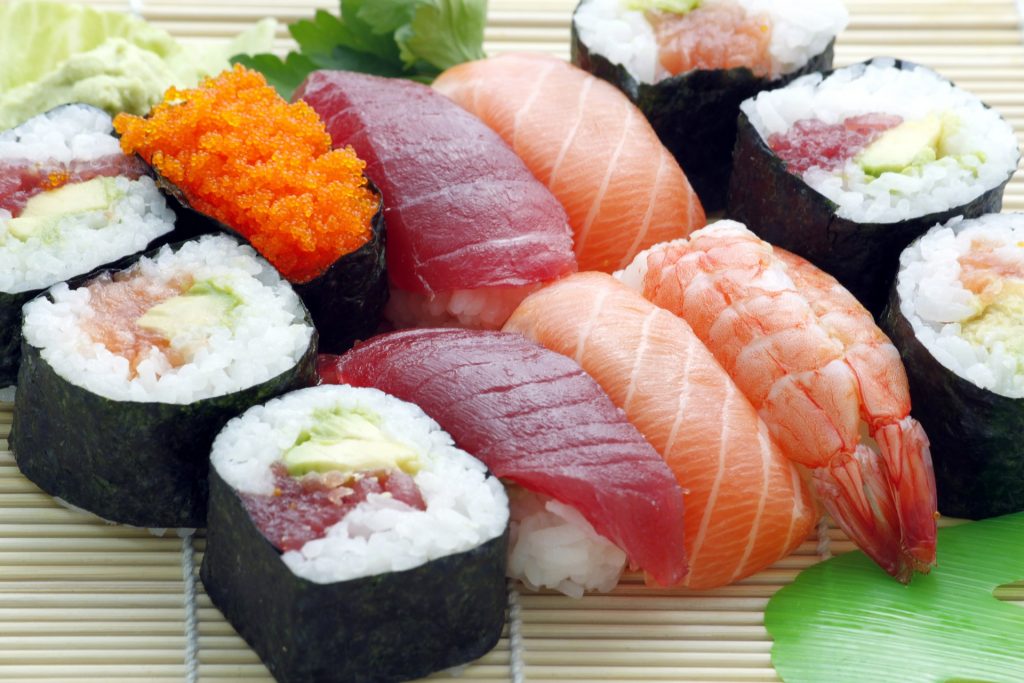Selenium is a trace mineral, so only a small amount is required to maintain good health. It is important for reproduction and synthesis of thyroid hormones and DNA. Selenium also helps to activate antioxidant enzymes that protect cells from damage by free radicals and infection.

How much do I need?
- 55 micrograms per day for all individuals 14 years and older
- 60 micrograms per day for pregnant women 14 years and older
- 70 micrograms per day for breastfeeding mothers 14 years and older
For recommendations for infants and children, check out the chart in National Institute of Health’s Fact Sheet: Selenium
Food sources
Seafood, such as tuna and shrimp, is a rich source of selenium. Other great sources include red meat, poultry, eggs, and dairy products. Depending on the selenium content in soil, plant-based foods can provide an adequate amount of selenium. Whole grains, some vegetables, and nuts are also good sources.
What happens if I don’t get enough?
Deficiency is uncommon in the US as many foods or the soil contain sufficient amount of selenium that meet the recommended intake. However, if deficient, it can lead to heart disease, arthritis or joint disease, and male infertility.
Can I get too much?
Toxicity or “selenosis” can result from frequently consuming large amounts of selenium-rich foods or high dose supplements. Early signs include nausea, diarrhea, garlic breath, and a metallic taste in the mouth. In severe cases, it can cause hair and nail loss, difficulty breathing, tremors, heart and/or kidney failure, or heart attacks.
Did You Know?
A 3-ounce serving of tuna (raw, cooked, or canned) provides roughly 40–90 micrograms of selenium. Tuna is also a great source of omega-3 fatty acids! Enjoy it in moderation as part of a balanced and varied diet.


